Alchemy Film & Arts
Using film as a way to come together, have conversations and strengthen community.
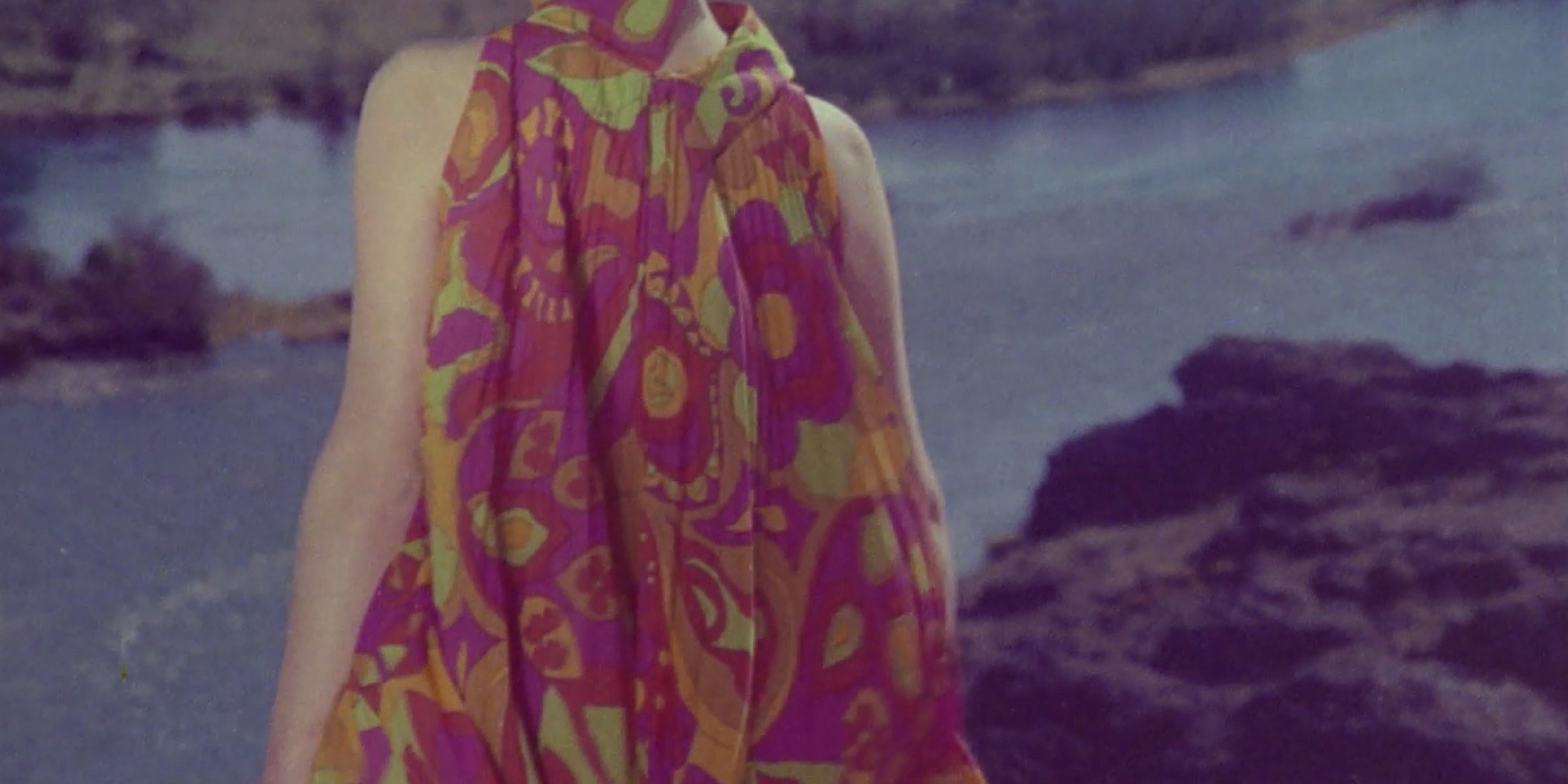
WELCOME > SCHEDULE > SCREENINGS > NATION UNTO NATION
HEART OF HAWICK
SATURDAY 4 MAY
17:00 – 18:30 / 64′ + Q&A
Gianni Esporas, Yaela Gottlieb and Frank Sweeney will be present for the Q&A.
The films in this programme have descriptive subtitles. The introduction and Q&A will have BSL interpretation.
Content warning: contains flashing imagery, sustained intense sound, strong language; discussion of classism, death, drug use, addiction, homophobia, imperialism, police misconduct.
PROGRAMME NOTES
by Rachael Disbury
In Nation Unto Nation, four films investigate mediated images, the mechanics of erasure, and the knife-edge between oppression and resistance.
In Braiding, Gianni Esporas ruminates on the American occupation of the Philippines and the colonial power of film in propagating national and cultural identity. Riffing rhythmically and gesturally on archive footage of Filipino labour and industrial production processes, Esporas applies simple and effective editorial interventions, teasing at a process of reversal and liberation. The artist’s acts of undoing are amplified by the sound of cuts accompanying her own edits, and by the hollowed-out wall of noise that stretches over much of the film.
In ¿Where is Marie Anne?, Yaela Gottlieb traces an advertising model across 1970s Argentine commercials. The film’s title is double-edged: while the whip pans and rapid zooms on display here prompt a sweeping, game-like mode of viewing whose function is to spot a particular face, the rapid pace and mid-movement edits point to something more sinister – such as the real-life Marie Anne Erize Tisseau’s disappearance, along with 30,000 other people, during Argentina’s period of state terrorism between 1974 and 1983. In Surfacing Images, Tara Najd Ahmadi questions how film extends beyond the screen and how images have agency to resurface and demand validation. As an intimate phone call exchange discusses traces of socialism in Belgrade’s public and domestic space, Najd Ahmadi sensitively and compellingly draws lines between the discovery of ‘lost’ film reels in the home of Yugoslav Black Wave pioneers Dušan Makavejev and Bojana Marijan and film and video coverage of Iran’s 1979 Revolution and its more recent women’s uprising – and the state’s strategies to censor them.
Frank Sweeney’s Few Can See examines the legacy of state-sanctioned media blackouts in the north of Ireland during the 1980s. Drawing from oral accounts of moments erased by state broadcasters, Sweeney reimagines these scenes – carefully and lovingly recreating period detail through video-bound identifiers of a bygone era – while effectively communicating the film’s own role in creating a platform for voices historically denied airtime.
PROGRAMME

BRAIDING
Gianni Esporas
10’38 – Scotland – 2023
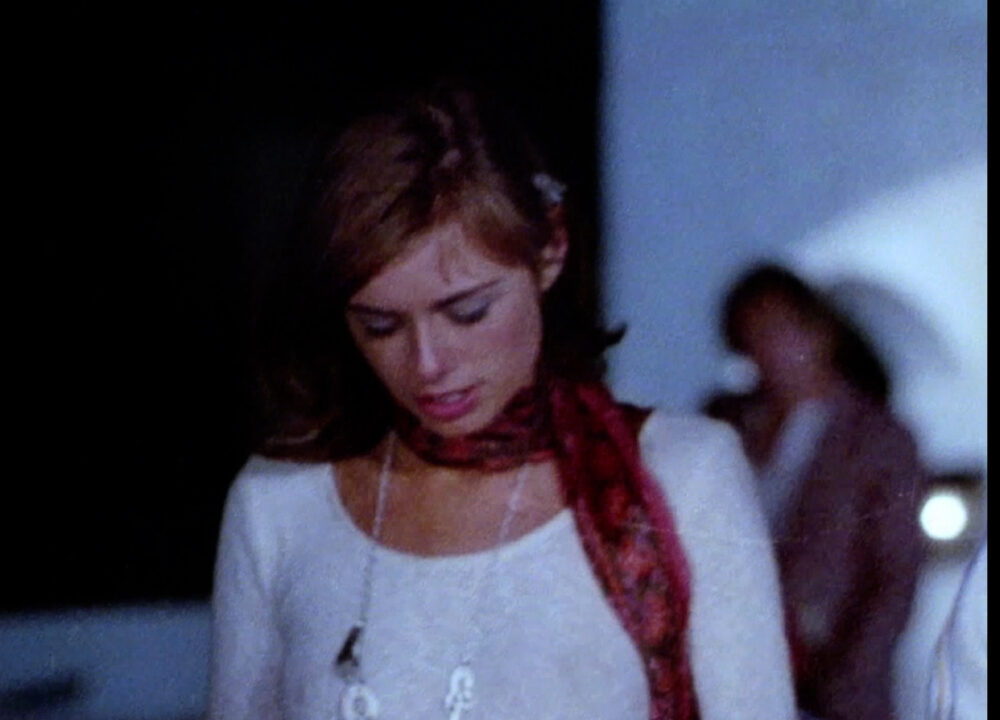
¿WHERE IS MARIE ANNE?
Yaela Gottlieb
5’58 – Peru – 2022

SURFACING IMAGES
Tara Najd Ahmadi
4’27 – Serbia – 2023
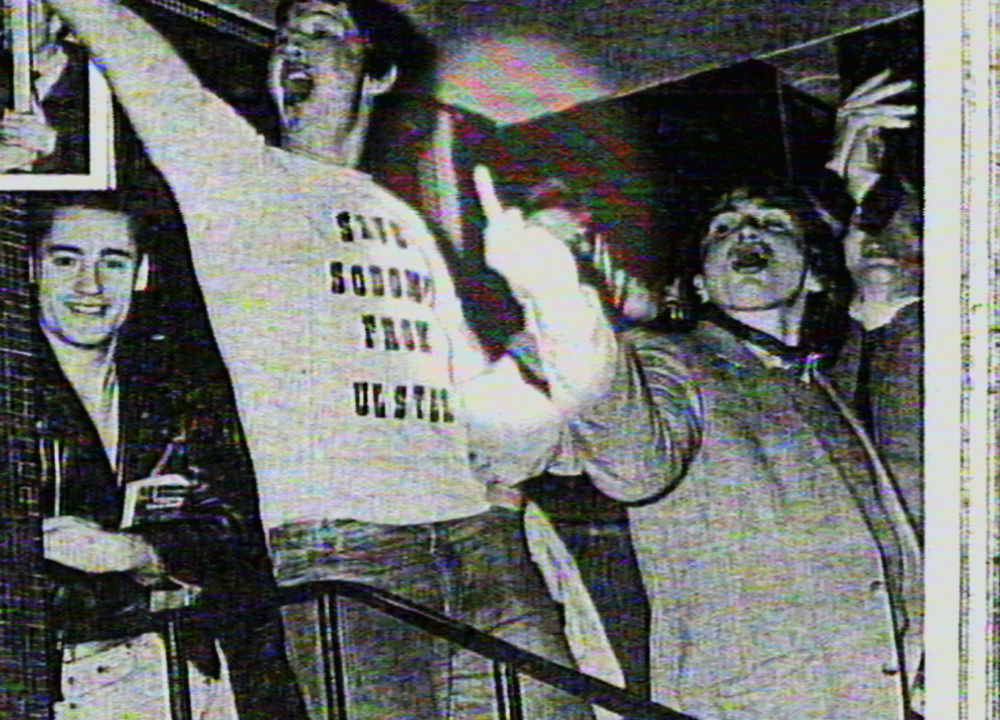
FEW CAN SEE
Frank Sweeney
42’35 – Ireland – 2024
Banner image: ¿Where is Marie Anne?, Yaela Gottlieb, 2022
WELCOME > SCHEDULE > SCREENINGS > NATION UNTO NATION
Alchemy Film & Arts
Room 305
Heart of Hawick
Hawick
TD9 0AE
info@alchemyfilmandarts.org.uk
01450 367 352
Charity Number: SC042142
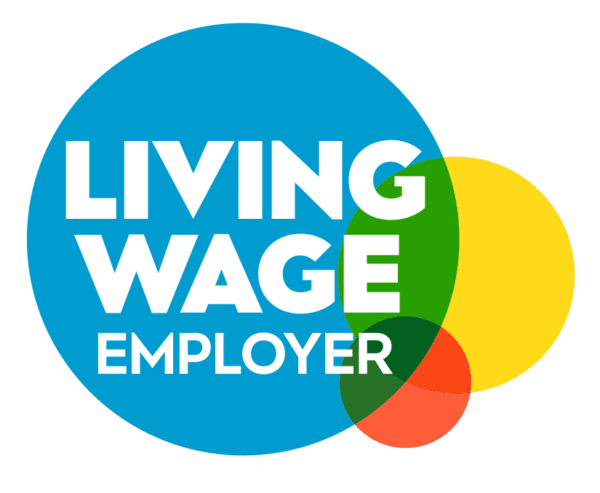
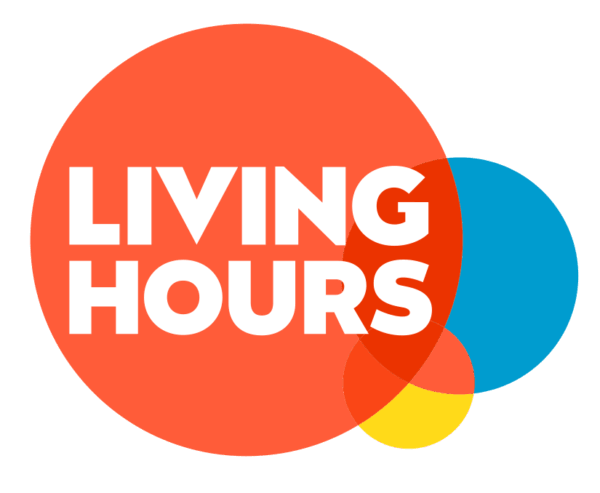
© 2025 Alchemy Film & Arts